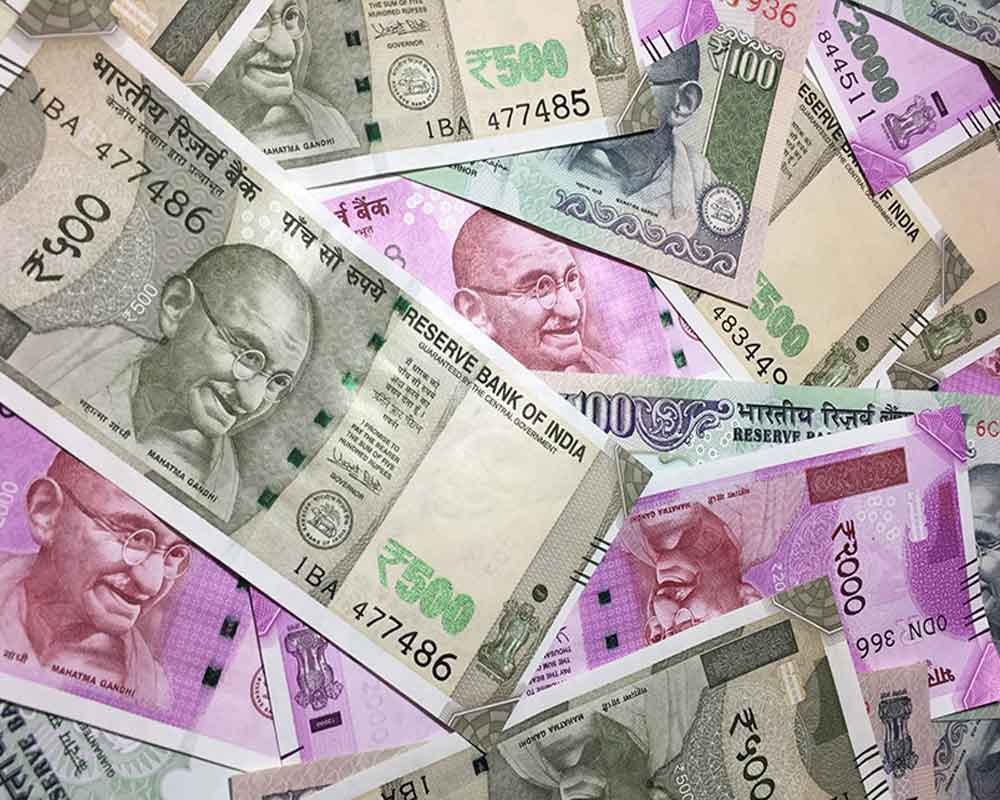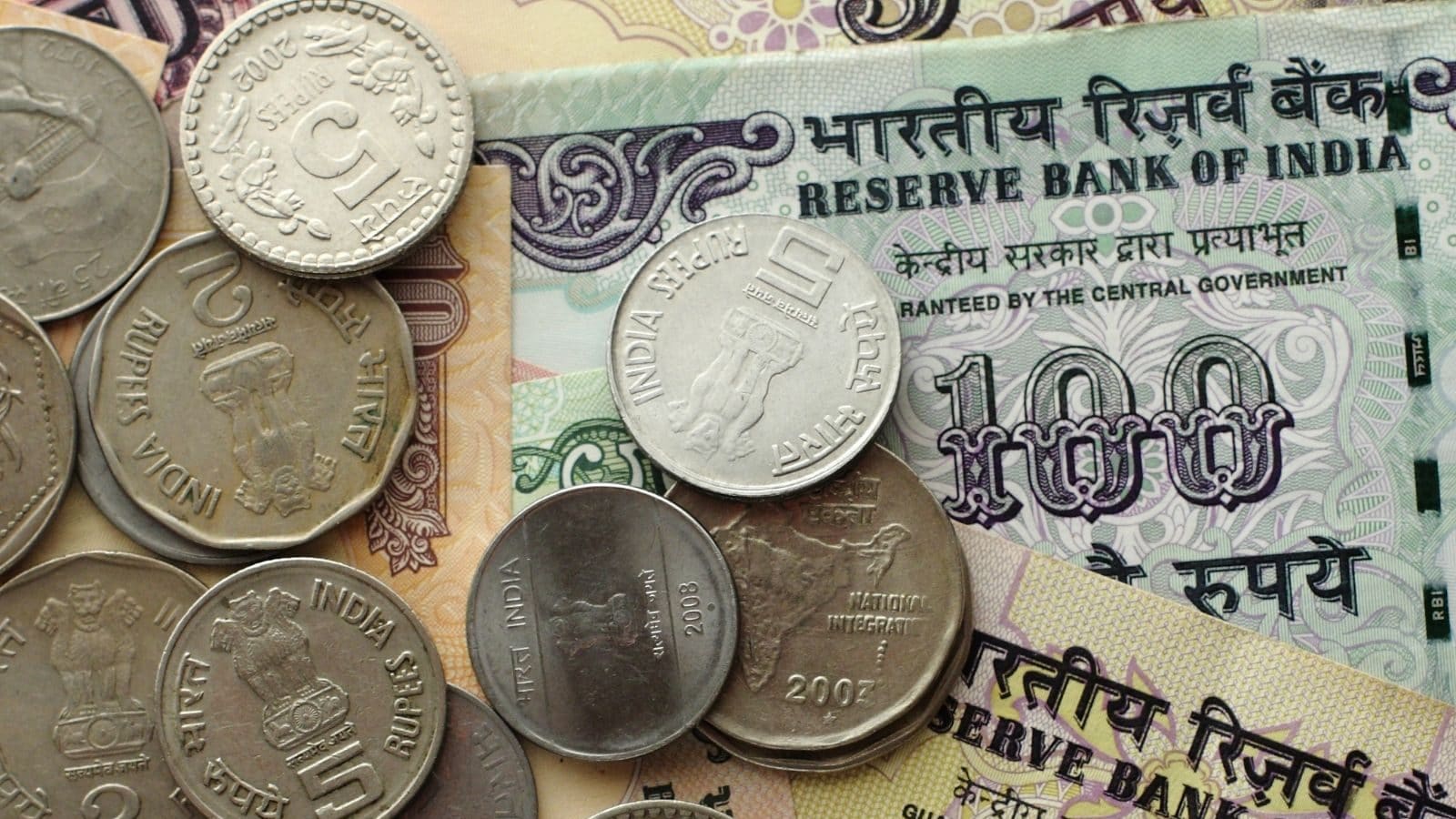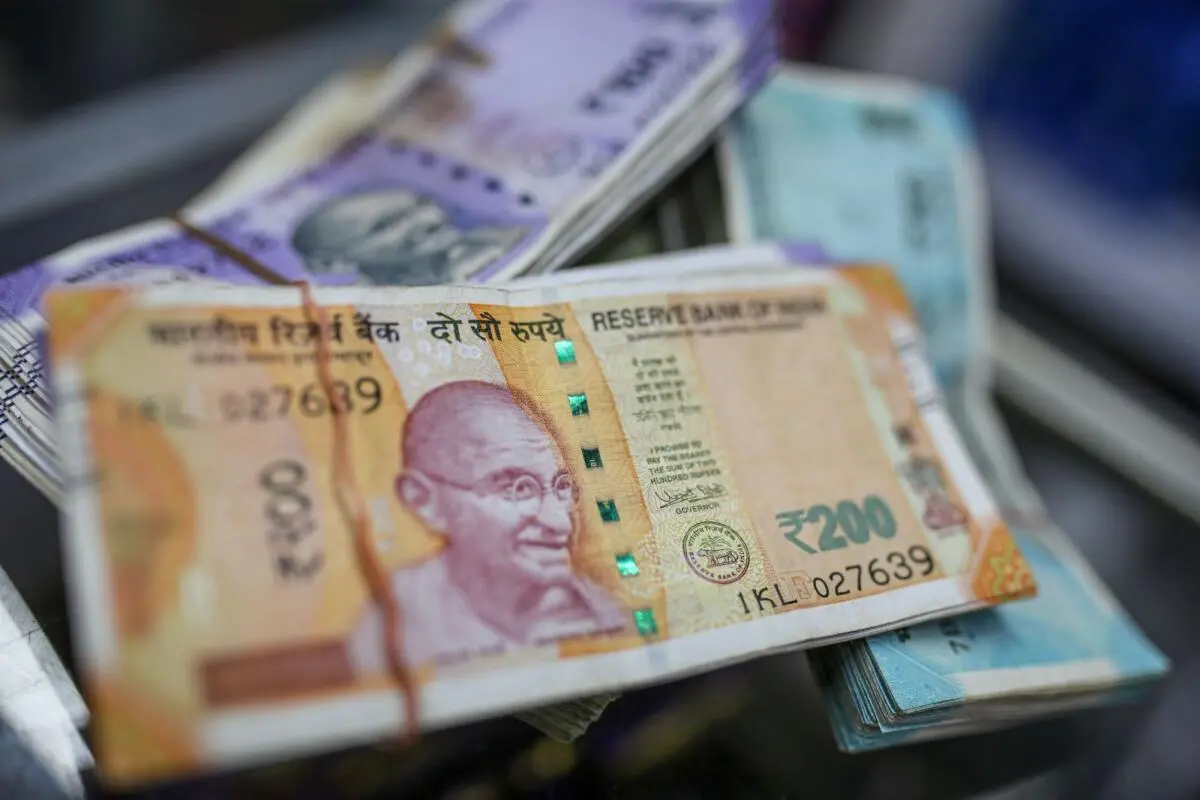Allow a slow depreciation of the rupee and use foreign exchange reserves carefully: Director of Economics

The rupee should be allowed to fall gradually, according to Chief Economic Advisor V Anantha Nageswaran, but foreign exchange reserves should be used prudently. He stated that financing India’s trade deficit will be a “important” worry for the year, with the country’s growth rate expected to be low in 2022-2023, at 6.5-7%.
Since the conclusion of World War II, we have not encountered a scenario like this. We have encountered several elements in recent years… However, geopolitics, commodity prices, and solely energy were problems at that time; food costs were not one of them. We are currently dealing with many crises on all levels. “.in 2022–2023, compared to what we anticipated at the start of the year, sure, we will have modest growth of 6.5-7%. However, this is a pretty respectable number when compared to many other nations, and this year, only Saudi Arabia will expand more quickly than India. Although high, inflation is not as high as it is in other nations.
Other countries’ inflation rates range between 8% and 10%, despite a 2% inflation target. Our target rate of inflation is 4%, but the present rate is 7.4%. As a result, compared to advanced nations, India has a far narrower gap between goal and reality, Nageswaran said at an Indian Chamber of Commerce event. The bulk of agencies have reduced their growth forecasts for India in recent weeks. The Reserve Bank of India has cut its growth prediction from 7.2% to 7.8% to 7%.
According to Nageswaran, the country has enough reserves to deal with capital outflows. In the short run, we should allow the rupee to steadily decline while prudently utilizing our foreign exchange reserves, with enough on hand to support us until 2023. Because the current global scenario is rather risky, we need to raise our foreign exchange reserves just to ensure that we are well prepared for any problems in 2023, he remarked.
The Chief Economic Advisor predicted that the production-linked reward program will pick up steam and spread to new industries. PLI is intended for the medium and long term; it aims to build India’s potential to become a global leader, draw supply chains to India, and facilitate China plus One.
The PLI plan is probably going to pick up steam. Mobile phones, medicines, and chemicals are currently where it’s at, but it has to gain momentum in other industries as well, and hopefully, that will happen in the next two years, he added. According to information provided by the CEA in a presentation at the online event, PLI programs have received an actual investment of Rs 40,992 crore across 14 industries, including mobile phones, pharmaceuticals, medical devices, telecom, and networking equipment, among others. 606 applications that are estimated to result in investments of Rs. 2.71 lakh crore and the employment of 59 lakh people have been accepted. The real number of employees is 1.97 lakh.
Given the deleveraging of business balance sheets and the government’s reform initiatives, he predicted that India’s GDP will develop at a medium-term pace of 6.5-7%. The “medium-term outlook is favorable… due to balance sheet strength, corporates’ willingness to spend, manufacturing activity is still growing, and digital infrastructure (is) becoming more and more significant in enhancing access to financing and formalization,” the economist added.
While the world is dealing with a polycrisis, which is a confluence of multiple crises, including high inflation, tightening monetary policy, high-interest rates, a slowdown in China that has affected the global supply chain, and the Russia-Ukraine war, Nageswaran said India is doing better on both the growth and inflation fronts and will benefit from the effort put forth over the last few years. According to the CEA, India must preserve macroeconomic stability, continue direct tax changes, finish off current capital projects inside the government, and keep tackling the problems MSMEs confront.
He stated that this year’s fiscal goals for the government are anticipated to be met. At this time, he stated, “we anticipate that the fiscal deficit objective will be fulfilled.” 6.4% of the gross domestic product is the budget deficit goal set by the federal government for this fiscal year. The government’s budget deficit for the period of April through September increased to Rs 6.20 lakh crore or 37.3 percent of the full-year projection.
Indian currency reserves decrease by $4.9 billion more.
The Reserve Bank of India may have sold dollars to stabilize the movement of the currency rate in the local market, which caused India’s foreign exchange reserves to decline by an additional $4.9 billion in the week ending September 30. Depreciation of RBI’s holdings of other important world currencies is a contributing factor in the decline. According to figures from the RBI, the currency reserves were $532.664 billion after the reporting week. This implies that from $642.453 billion on September 3 of last year, reserves have been reduced by an astounding $110 billion.
The central bank provides no explanation for the shift in foreign exchange reserves. Governor Shaktikanta Das, on the other hand, indicated last week that valuation changes were to blame for 57% of the reserve reduction. According to Acute Ratings, global currencies such as the euro, pound, and yen have lost value relative to the dollar by as much as 13.2%, 18.2%, and 18.2% so far this fiscal year. The current reserves’ foreign currency assets were $472.807 billion. The gold reserves are at $37.605 billion. The remainder is held by the International Monetary Fund as reserves and special drawing rights.
edited and proofread by nikita sharma




